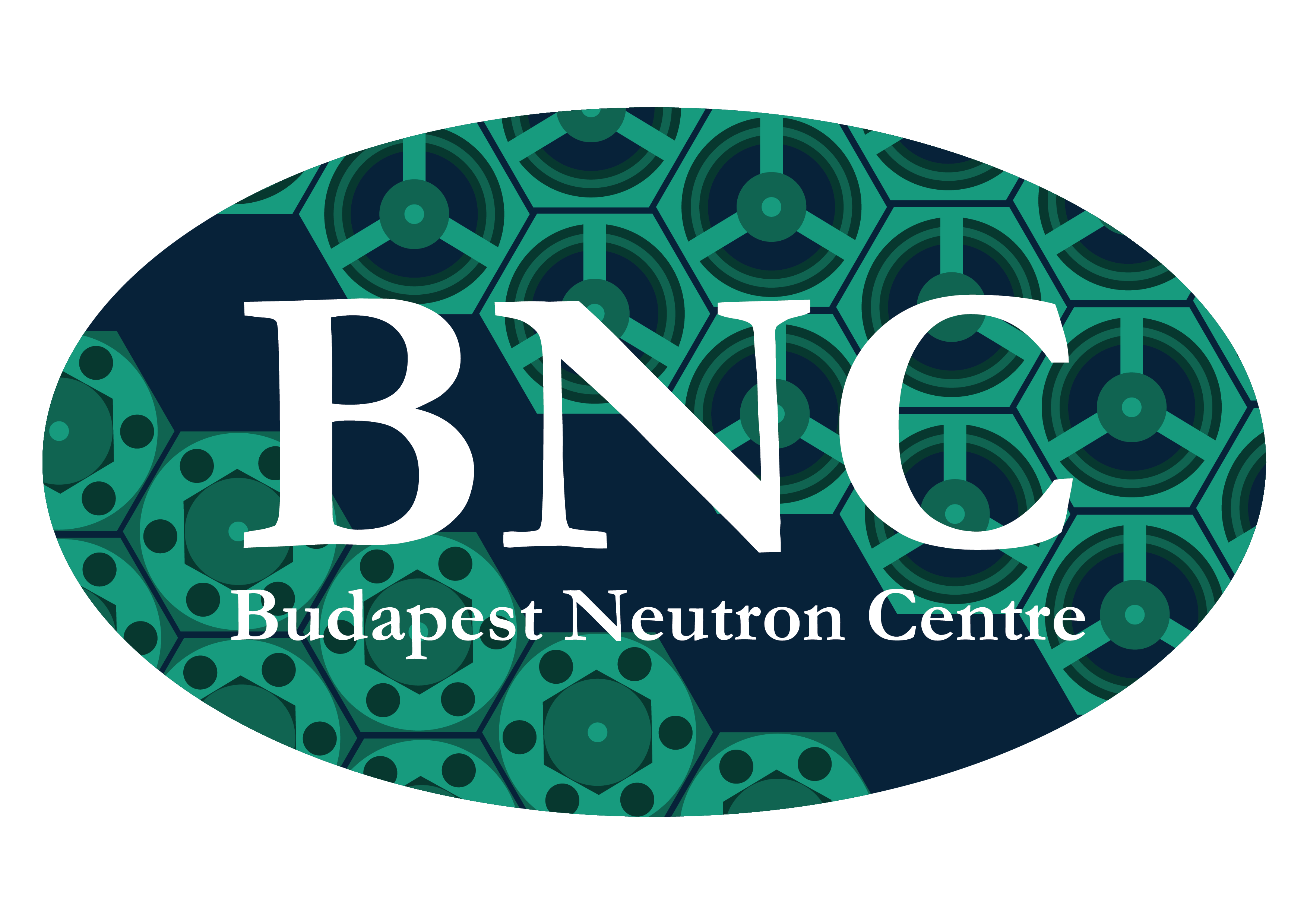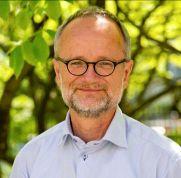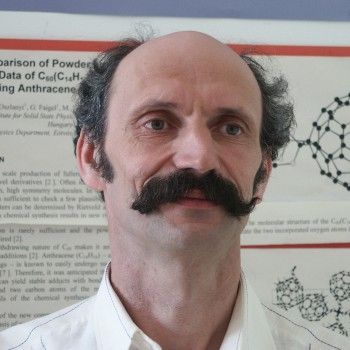BNC webinars on pulsed X-ray sources and their applications
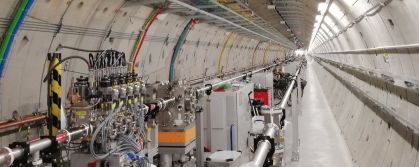 |
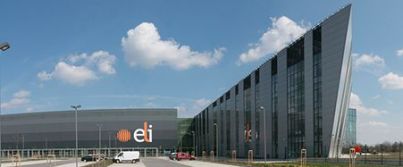 |
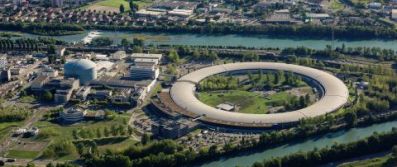 |
Short pulsed analysing radiation of high intensity enables to study evolution of chemical, biological processes, fast structural transformations. Recently commissioned high brillinance photon sources, synchrotrons, optical and x-ray lasers produce unprecedentedly high energy density on the target at a high repetition rate never seen before - opening fields of exciting research of reactions that have been far too rapid to be captured by former methods. The wavelength of the X-rays falls into the range of a few hundreds of to a few nanometers, enabling measurements on the atomic length scale. Hungarian researchers have successfully contributed to the construction of the Extreme Light Source (ELI) and the European X-ray Free Electron Laser (EuXFEL) EU infrastructures and have gained regular access to these state-of-the-art analytic facilities. With the help of the distinguished presenters of the next BNC webinars we look deeper into this field to learn about the principles, present applications and future promises of the advanced pulsed photon sources.
Past BNC webinars on the subject:
|
|
|
BNC webinar #3 on "Femtosecond X-ray pulses in action: |
Abstract:
Modern pulsed X-ray sources offer unprecedented short and intense X-ray probes to study physical and chemical phenomena in their intrinsic time domains or at extreme conditions. The new era of time resolved investigations opened by the novel X-ray free electron lasers, like the European XFEL in Schenefeld, and ultra strong laser pulses, like the ELI initiative, enables to unravel the nature of femtosecond scale photochemical reactions, spin-state switching, ultrafast rearrangement of photoactive biochemical entities, temporal fluctuations of skyrmions, to name a few recent successful experiment. This review aims to give an introductory overview of recent and prospective applications of these new X-ray sources.
|
|
|
BNC webinar #2 on "European XFEL - A New User Facility for Fundamental Science on ultra short timescales" |
Abstract
Hard X-ray Free Electron (XFEL) lasers provide extremely intense and ultra-short X-ray pulses that are ideal to investigate structure and dynamics of matter at very short time scales. X-ray free electron lasers have been in operation for 10 years now and have had wide range of areas of applications in physics, chemistry, materials and structural biology.
European XFEL is the most recent large scale research infra structure in Europe and was taken into user operation in September 2017. The facility is an intergovernmental organization with 12 member states (including Hungary) and serves the European user community by providing the possibility for performing new classes of experiments to investigate the structure and dynamics of matter on the atomic length and time scales. The facility includes a 3.5 km long from DESY in Hamburg/Bahrenfeld to Schenefeld in Schleswig-Holstein where the experimental hall is placed. In the tunnel a 2 km long superconducting accelerator is place. In the experimental hall six instruments are located each offering a portfolio of scientific opportunities. The first two experimental stations have been in operation doing user experiments for three years, the last four instruments have been taken into user operation within the last two years. In the talk the basic principles of European X-FEL will be discussed and results of some of the first experiments will be shown. Also the opportunities for how to engage with European XFEL will be addressed.
|
|
BNC webinar #1 on "Pulsed x-ray sources and their applications" |
Abstract:
In the last 50 years several types of pulsed x-ray sources have been developed. This lecture concentrates on those, which are built as dedicated user facility in the hard x-ray regime. Three types are introduced: synchrotron radiation, x-ray free electron laser and laser-driven sources. The capabilities of these facilities are illustrated by several applications.
